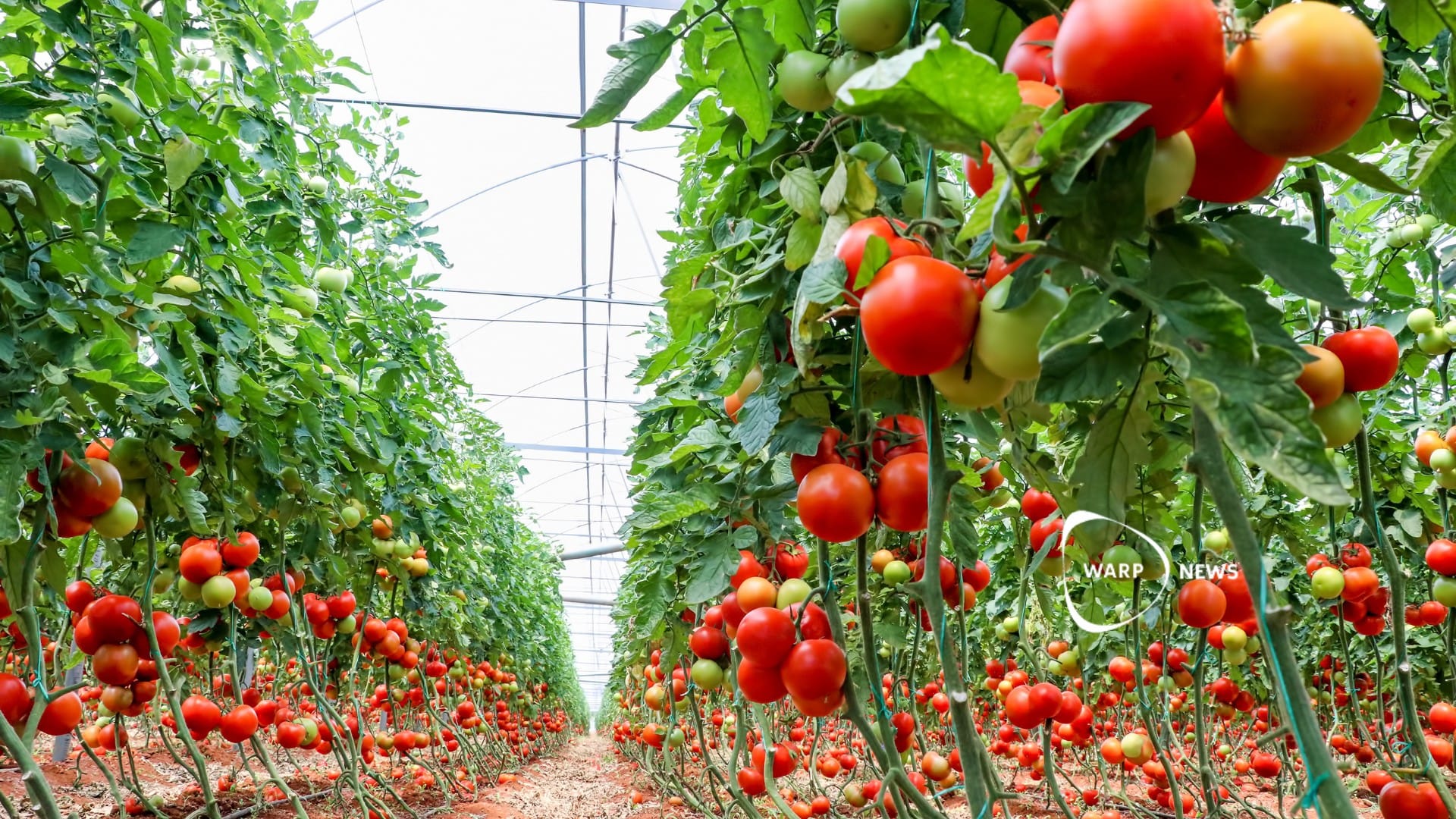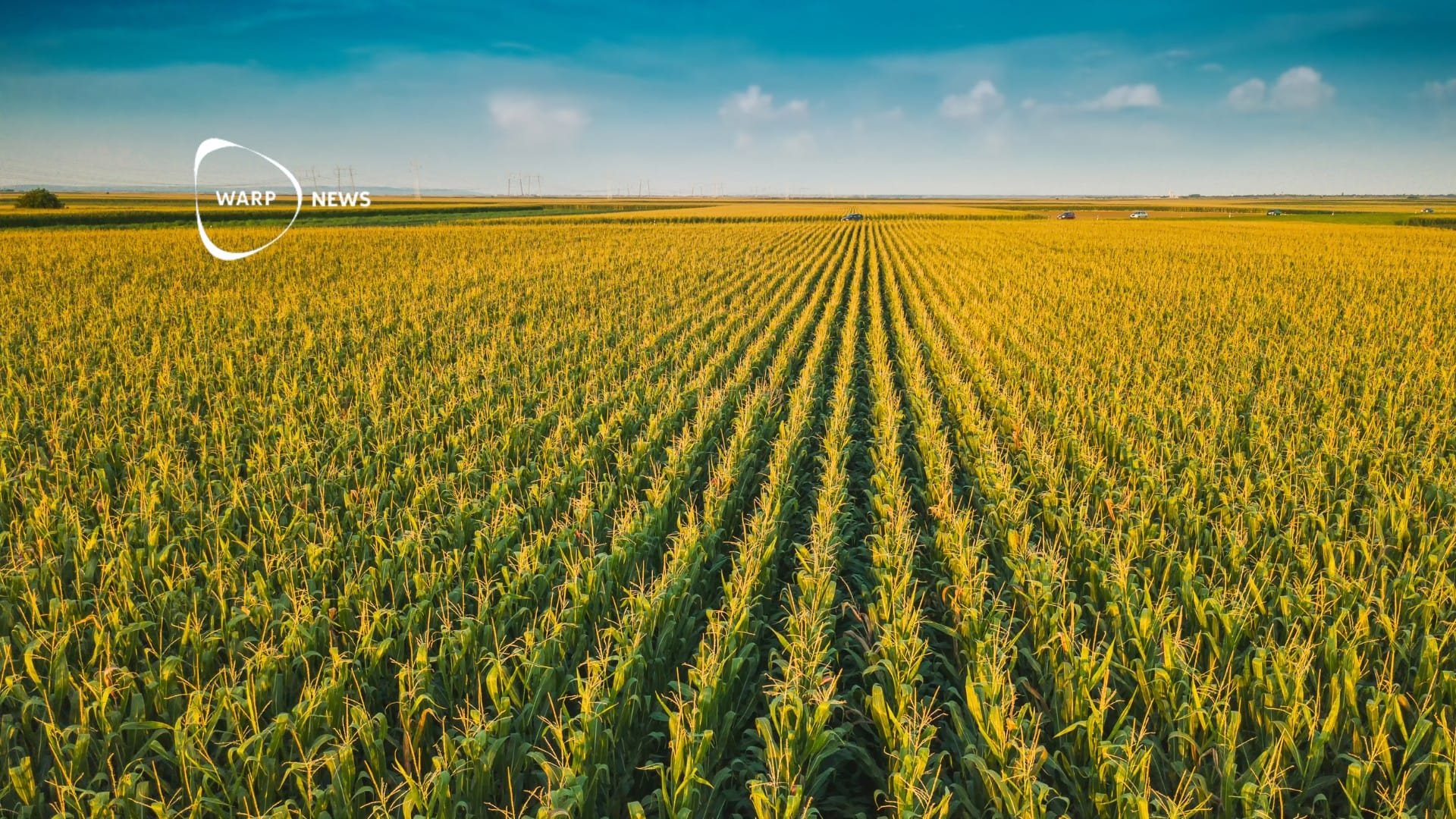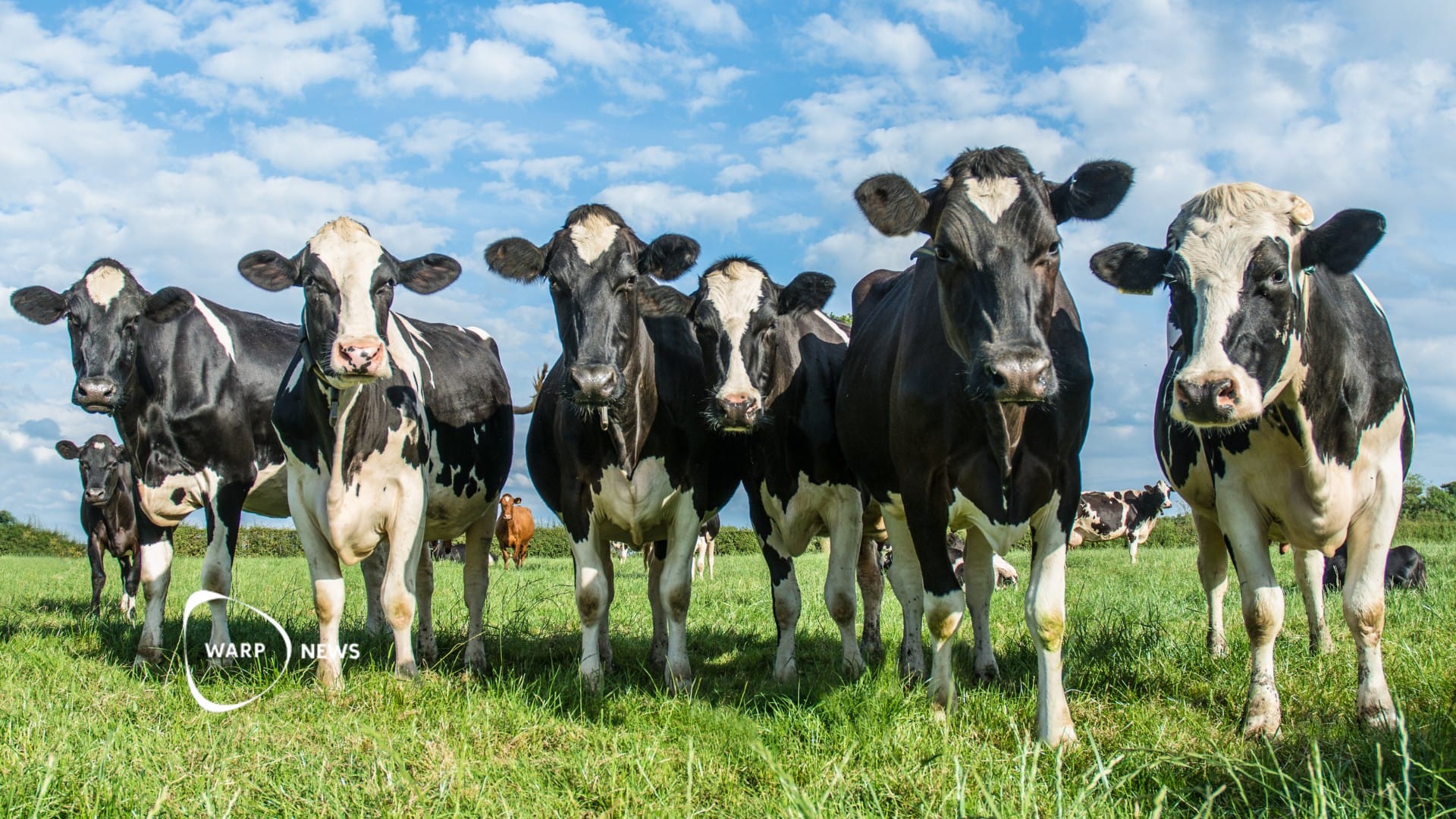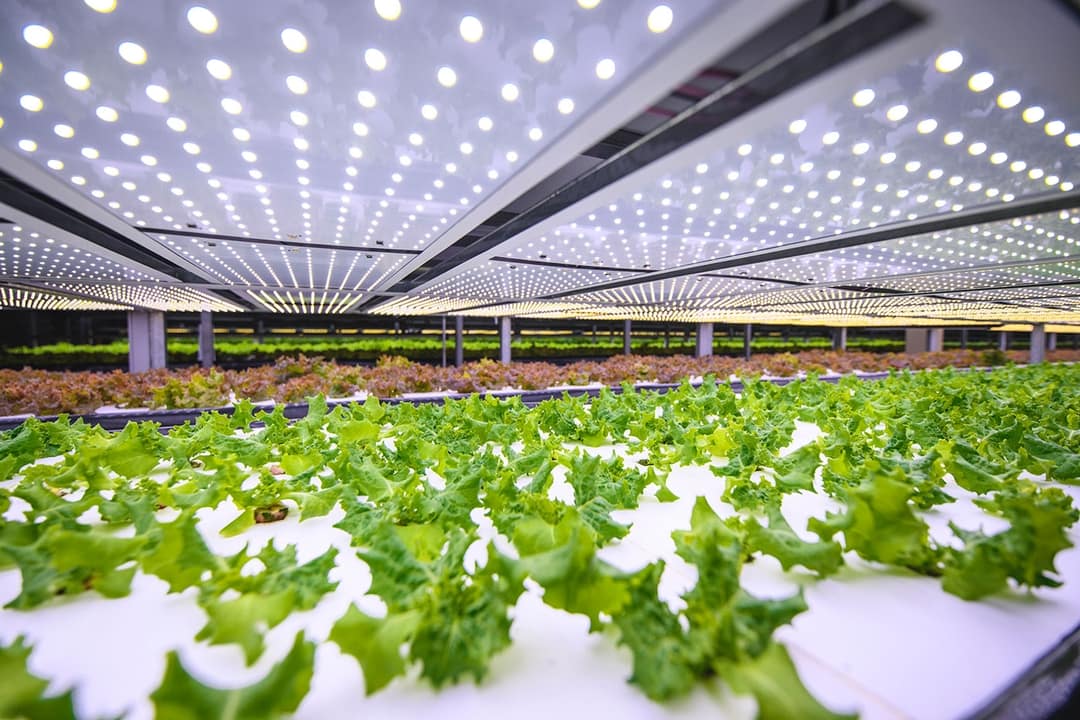
🥗 Denmark is building Europe's largest vertical cultivation
The Danish company Nordic Harvest will build a 7,000 square meter vertical farm that will produce 1,000 tonnes of food a year.
Share this story!
15 harvests per year, that is what the Danish company Nordic Harvest is aiming for when they are now building Europe's largest vertical cultivation in Taastrup just outside Copenhagen. By stacking the crops at a height of 14 levels, the plant will be able to produce 1,000 tonnes of lettuce, spices and more every year.
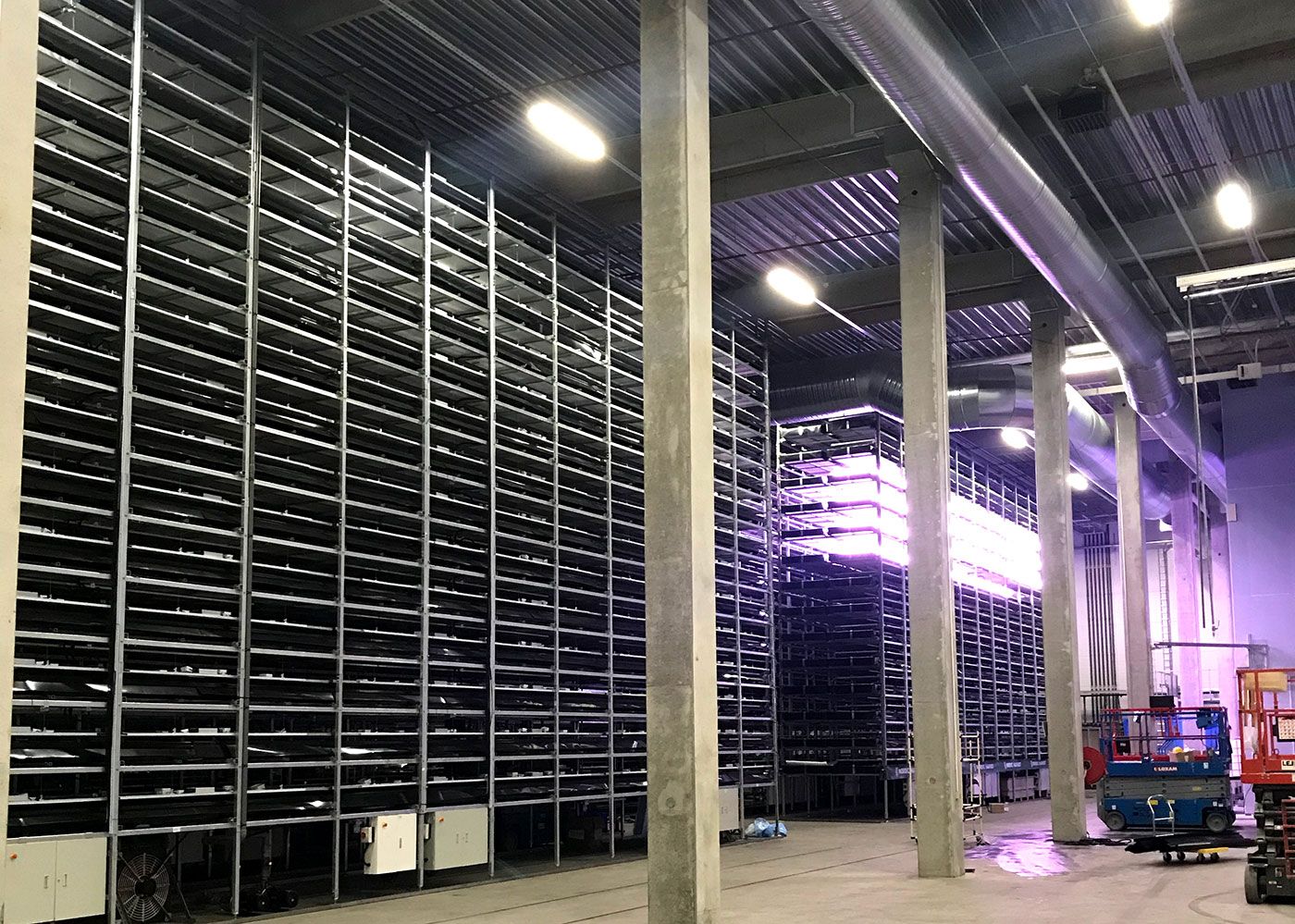
As the cultivation is close to large population centers such as Copenhagen and Malmö, much of the product can be sold in the immediate area without having to be transported long distances. All electricity comes from renewable sources and neither pesticides nor fertilizers are needed, which makes cultivation very environmentally friendly.
Vertical cultivation also takes up much less space as you can build the "fields" at height. Growing 1,000 tons of food per year requires only 7,000 square meters of space. It is one percent of the space needed if it is traditionally grown outdoors.
Nordic Harvest's plant will be built by the Taiwanese company Yes Health and will, when fully developed, use over 20,000 LEDs to provide the light the plants need. Sensors will collect data from 5,000 different measuring points to ensure that each plant has exactly the amount of light, water and nutrients it needs.
This means that the vertical cultivation uses all resources optimally. For example, only one liter of water is needed to produce one kilogram of food. That is 250 times less than what is needed for outdoor cultivation.
The first stage of the plant is already completed and in 2022 it will be fully developed and able to deliver 1,000 tonnes of food per year.
By becoming a premium supporter, you help in the creation and sharing of fact-based optimistic news all over the world.
